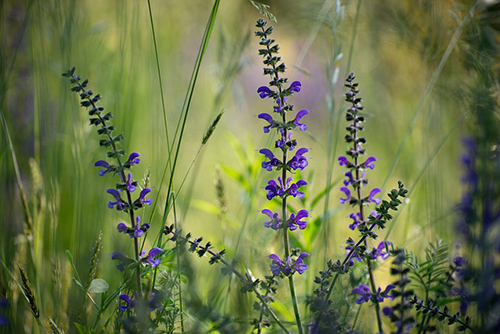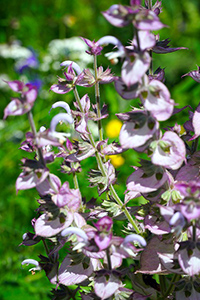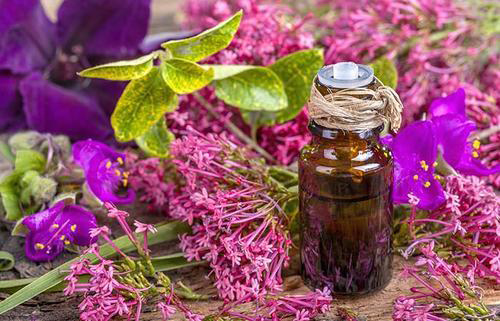Contents
The beautiful clary sage plant decorates the drylands of southern Europe with its colors and pleasant aroma. Its essence is used in perfume making.

Clary Sage Plant Scientific Facts
- Scientific names: Salvia sclarea L.
- Other names: Clary.
- French: Sauge sclaree.
- Spanish: Amaro.
- Environment: It grows in the dry, arid soils of southern Europe.
- Description: The plant of the Labiatae family grows from 30 to 120 cm high. It has a hairy, quadrangular stem, large leaves (up to 20 cm large), oval-shaped, and rough. The flowers grow in terminal spikes and are bluish or light pink.
- Parts of the plant used medicinally: The leaves, the flowers, and the seeds.

Healing Properties and Indications
The leaves and flowers of the plant contain sclareol and other aromatic alcohols and tannin, saponin, choline, and glycosides. Its properties are similar to sage, though it is an incredibly outstanding, stimulating, emmenagogue, and antispasmodic. Leaves and flowers are applied in the following cases:
- Exhaustion, fatigue, weakness, recovery from infectious diseases.
- Scant menstruation.
- Intestinal spasms or colic caused by fermentation or poor digestion.

The clary sage plant seeds are rich in mucilage, which absorbs water like a sponge due to its osmotic powers. When a clary sage seed is placed under the eyelid, the seed swells, soaking up any foreign body in the eye conjunctiva.
How to use Clary Sage
- Infusion with 15-20 g of plants per liter of water. Drink up to five cups daily.
DISCLAIMER: All content on this website is presented solely for educational and informational objectives. Do not rely on the information provided as a replacement for advice, diagnosis, or treatment from a qualified medical expert. If you are pregnant, nursing, or have any preexisting medical concerns, talk to your doctor before using any herbal or natural medicines.
REFERENCES
- George D. Pamplona-Roger, M.D. “Encyclopedia of Medicinal Plants.” George D. Pamplona-Roger, M.D. Encyclopedia of Medicinal Plants. Ed. Francesc X. Gelabert. vols. 2 San Fernando de Henares: Editorial Safeliz, 2000. 766. Print.
- NIH: https://www.ncbi.nlm.nih.gov/pmc/articles/PMC4140014/
- NIH: https://pubmed.ncbi.nlm.nih.gov/22405880/
